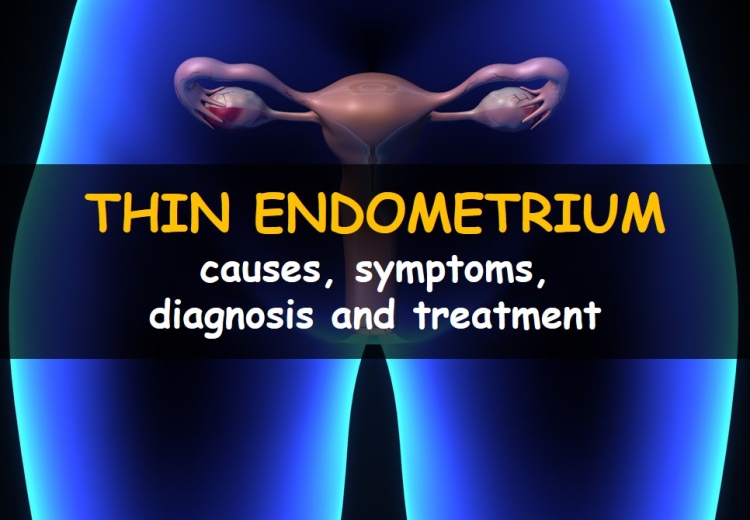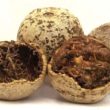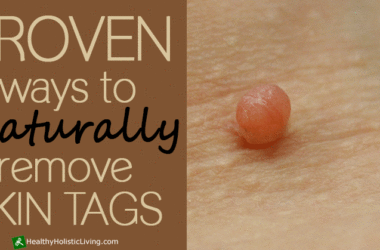The innermost and thickest lining of the uterus is called the endometrium. It’s the one that is shed during your menstrual period. It’s also the one that becomes thick in order provide a site that’s favorable for the implantation of the fertilized egg or embryo. That is why there can be a fertility-related problem if your endometrium is thin.
Medical experts say that your endometrium has to be at least 8 millimeters thick in order for it to be regarded as normal. A thick endometrium provides the embryo with ample amounts of blood and nutrients. What’s more, it makes it trouble-free for the embryo to get implanted in the uterus. Otherwise, there will be no pregnancy that will take place and your endometrial lining will simply be shed off, signifying the start of your period.
Let us take a quick look at some very important matters concerning a thin endometrial lining:
Causes
The following are some of the common causes of having a thin endometrial lining that makes pregnancy a challenge, according to the experts:
- Low estrogen levels – The thickening of your endometrium depends on the levels of estrogen in your body. This is why women above 35 years of age may find getting pregnant harder because they do not have as much estrogen as younger women.
- Insufficient flow of blood to the endometrial lining – This particular problem can be due to a wide variety of things. It can be brought about by leading a sedentary lifestyle. It can also be caused by some medical conditions like uterine fibroids and arterial constriction in the uterus.
- Damage to the endometrial tissue – Undergoing dilatation and curettage which is commonly performed after a miscarriage may damage the endometrium’s basalis layer, keeping it from growing. Infections such as STDs and pelvic inflammatory disease may also be blamed.
- Long-term intake of birth control pills – This is especially true if the oral contraceptive involved is progestin. Taking it for a long period of time or overusing it may wreak havoc to the body’s estrogen levels, resulting in the thinning of the endometrium.
Signs and Symptoms
Experts say that there are no particular sign and symptom specifically associated with a thin endometrial lining. However, women affected by it may complain of the following:
- Difficulty in getting pregnant – Since a thick endometrial lining is essential for the embryo’s implantation, it doesn’t come as a surprise why a woman whose endometrial lining is thin may have a hard time being in the family way.
- Abnormal menstruation – Having a thin endometrial lining may leave your period abnormal. You may notice that you have bleeding that is much less than normal. It’s not unlikely for your period to be accompanied by pain. Because the layer of endometrium that is shed is very thin, the bleeding tends to last for a period of time that’s shorter than usual.
Risk Factors
It is said that there are certain things that may leave you at risk of having a thin endometrial lining. Some of them include:
- Cigarette smoking
- Excessive intake of alcohol
- Asthma
- High blood pressure or hypertension
- Diabetes mellitus
- Stress
- Depression
- Anxiety
- Uterine tumors
- Pelvic infections
- Previous pelvic surgery
- History of miscarriage
- Abortion
Treatment
- There are a handful of medical and natural treatments that can help in promoting a thick endometrial lining. Some of the well-known ones are the following:
- Estrogen therapy
- Human menopausal gonadotropin therapy
- Electrical stimulation of the legs or abdomen to promote blood flow to the uterus
- Acupuncture to divert more blood to the uterine area
- Supplementing with vitamin E
- Herbs such as royal jelly, red clover, maca root, dong quai, hibiscus and rose hips
- Regular exercise and stress management












